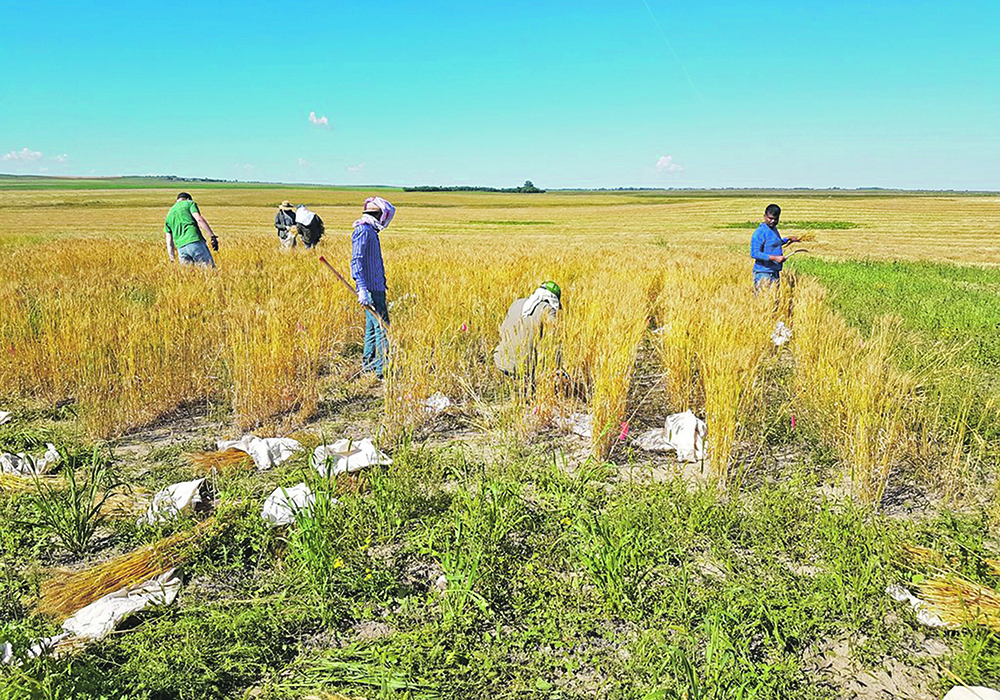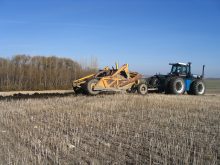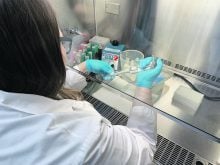Study published by University of Saskatchewan researchers aims to assist producers in optimizing fertilizer management
University of Saskatchewan professor Jeff Schoenau is an expert when it comes to soil. A soil scientist and the owner and operator of a grain farm, Schoenau has been researching soil for 33 years.
With his colleagues Derek Peak, Ryan Hangs and PhD student Noabur Rahman, he worked on a study of soil micronutrients and fertilizer in Western Canada. The study, conducted in 2018, was published May 13.
“Part of what I do is to take a look at the fate of fertilizers in the soil,” Schoenau said.
This study builds on the previous work Schoenau and Peak have done together while researching soil, some of it using the Canadian Light Source synchrotron technology to better understand the physical and chemical properties of soil.
Chithra Karunakaran, environmental and earth sciences manager at CLS, said synchrotron technology is highly accurate.
“It’s a billion times brighter than the sun. That means it’s an extremely bright source.”
Karunakaran said the bright light can break down soil micronutrients further than laboratory methods.
Derek Peak, an environmental chemist at the University of Saskatchewan, also praised synchrotron technology.
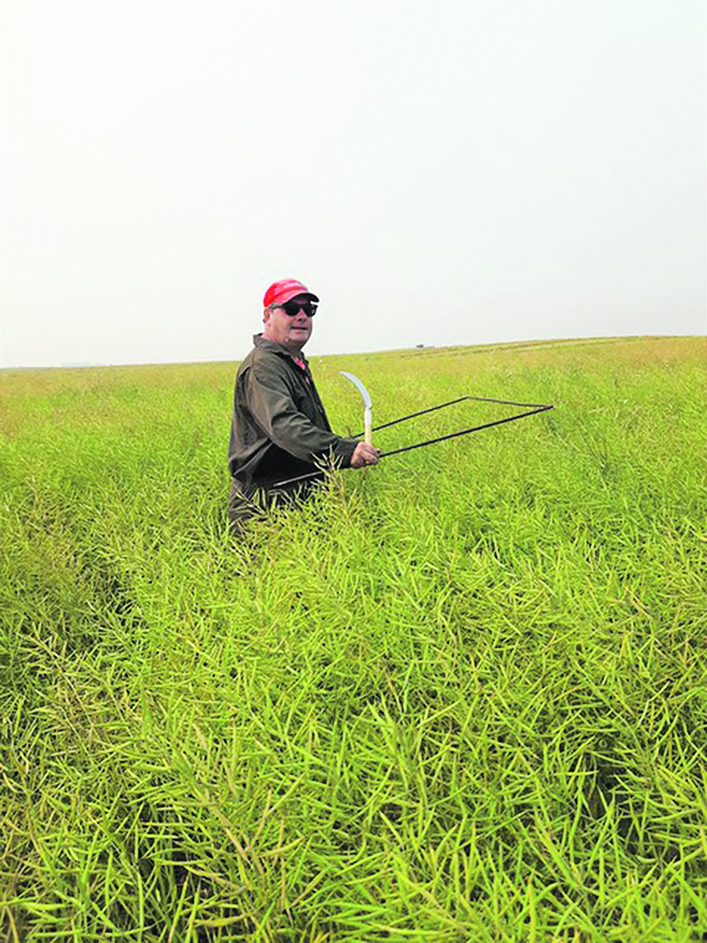
“What the synchrotron is able to do is to directly look at what’s in the solid state of the whole soil sample and then from that tell you precisely what the chemical forms (are),” he said.
Schoenau and Peak were able to identify many soil micronutrients using soil samples from across the Prairies that were studied in controlled growth chambers. They added fertilizer, then used the synchrotron for analysis.
“It’s field scale research going all the way from several metres across the field from the tops of the hills down into the low slopes, to a nanometer scale, molecular scale, in the synchrotron,” Schoenau said.
The goal was to optimize fertilizer management for better yields and less nutrient escape. Schoenau said the study led to a better understanding of soil and led to better fertilizer management recommendations.
He said banding is superior to broadcast fertilizer application because of better soil contact and distribution closer to plant roots.
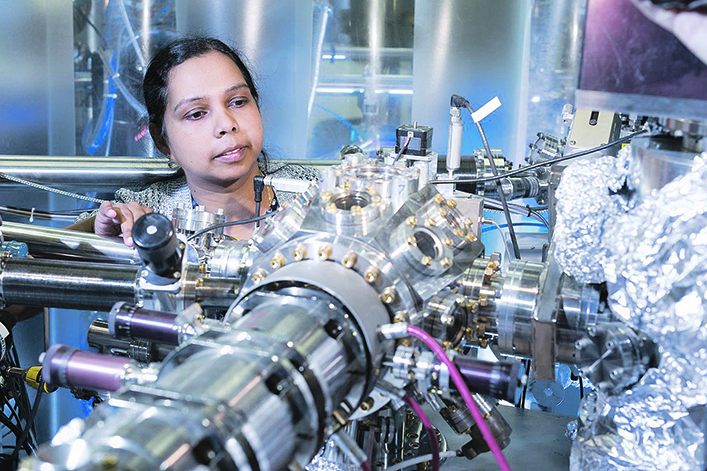
“From the standpoint of nutrient management, we want to get as much of that fertilizer nutrient that we apply into the crop,” Schoenau said. “That’s where it gives the economic benefit to the growers.”
Synchrotron technologies have often been used in agricultural research, allowing scientists to look deeper than ever before. Peak said agricultural research is important to the CLS.
“It’s one of their pillars of science. It’s one of the areas they feel is most important for their science direction.”


